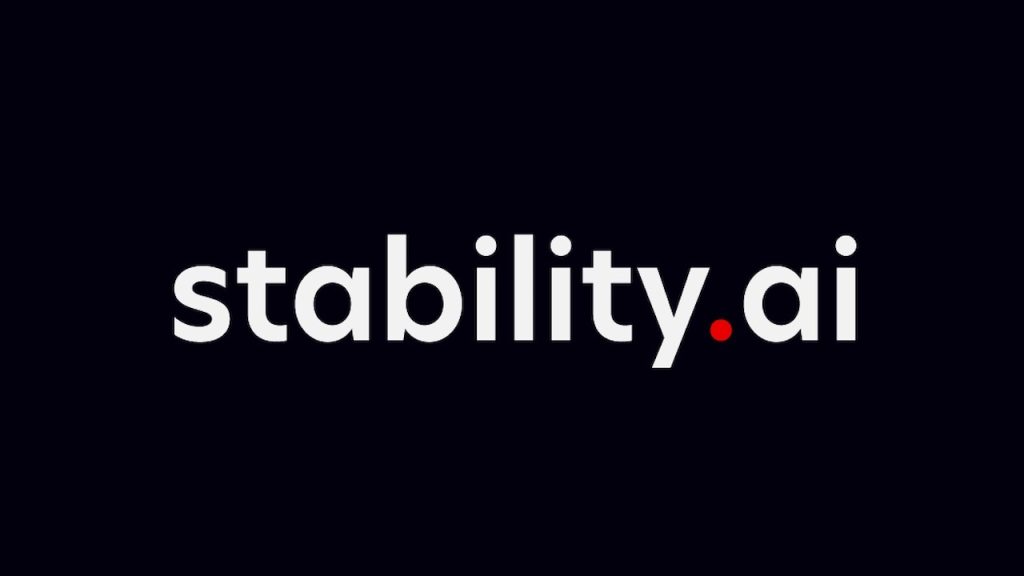Stability AI has launched Stable Audio 2.5, a new AI audio tool built for business use. Released on September 10, the model marks a major leap in speed, generating three-minute tracks in under two seconds. This update helps companies create custom sound at scale for ads, games, and brand experiences.
The new version adds professional features like audio inpainting, giving users fine control to edit sound files. To support its enterprise focus, Stability AI has partnered with sound agency amp. Trained on a fully licensed dataset, the tool is commercially safe, solving a key problem for businesses.
The release continues Stability AI’s evolution in the audio space. It follows the initial platform launch in September 2023 and the version 2.0 update in April 2024. The company also released an on-device model with Arm in May 2025, focusing on royalty-free audio.
A Breakthrough in Speed and Creative Control
The core of Stable Audio 2.5 is a new post-training method called Adversarial Relativistic-Contrastive (ARC). This innovation dramatically boosts efficiency. It cuts the computational steps needed for generation from 50 in the previous version down to just eight.
Zach Evans, Head of Audio Research at Stability AI, explained the new technique. He told VEntureb, “the Adversarial Relativistic-Contrastive (ARC) method is a post-training technique that sidesteps traditional approaches requiring teacher models, distillation, or classifier-free guidance,” highlighting its departure from more resource-intensive methods. This efficiency translates directly to speed, enabling rapid iteration for creative professionals.
Beyond raw speed, the model introduces audio inpainting. This feature allows users to input an existing audio file, select a specific section, and have the AI generate new content that fits the context. This offers a level of granular control previously unavailable in the tool.
Musical compositions are also more sophisticated. The model now produces tracks with clearer structures, such as an intro, development, and outro. This addresses a common criticism of AI music, where outputs can feel repetitive or aimless.
Targeting the Enterprise with Custom Sonic Branding
This launch signals a clear and deliberate strategic shift toward the enterprise market, where Stability AI sees a significant untapped opportunity.
The company is positioning Stable Audio 2.5 not merely as an audio generator, but as a foundational tool for creating unique and consistent sonic identities.
Citing Ipsos research, the company highlights a major gap in modern branding: while custom audio can make a brand eight times more memorable, only a tiny fraction of creative work incorporates a sound identity.
Enterprises face the challenge of producing high-quality, on-brand audio for a rapidly growing number of channels. This includes everything from traditional advertisements and the opening credits of a game to the ambient music in a retail store or the subtle chimes of a credit card swipe.
Stable Audio 2.5 is purpose-built to address this need for scalable, adaptable, and commercially-grade audio production, moving beyond simple sound effects to enable strategic brand expression.
To address this directly, Stability AI offers a powerful customization feature that serves as a key market differentiator: fine-tuning. The company’s team can work with an organization to train a bespoke version of the model on its existing sound library.
This process embeds a brand’s signature audio directly into its generative workflows. The result is that any music or soundscape produced is uniquely recognizable and aligns perfectly with the brand’s established sonic guidelines, ensuring consistency across all touchpoints.
Further solidifying this enterprise focus is a strategic partnership with amp, a leading sound branding agency that is part of the Landor Group and a WPP company. The collaboration is more than a simple endorsement; it is a co-development initiative aimed at creating innovative solutions for top-tier brands.
Through this alliance, Stable Audio 2.5 will be made available to WPP’s extensive global client base via the WPP Open platform, effectively combining Stability AI’s advanced technology with amp’s deep creative expertise.
Zach Evans, Head of Audio Research at Stability AI, emphasized that this release represents a fundamental evolution of the platform’s purpose.
He stated, “2.5 isn’t just an iteration on 2.0. It reflects our shift toward enterprise-grade capabilities: professional-quality audio, faster performance and the advanced control needed for commercial use cases…”. This underscores the company’s ambition to transition Stable Audio from a promising consumer tool into a robust, indispensable platform for creative professionals and global brands.
Navigating a Competitive and Cautious AI Audio Landscape
Stable Audio 2.5 enters a crowded and rapidly evolving market. Companies like Adobe, Microsoft, and ElevenLabs have all launched powerful audio generation tools. Each is vying for dominance in a space filled with both opportunity and ethical challenges.
Stability AI’s emphasis on a fully licensed training dataset is a strategic move. It provides commercial safety and helps clients avoid the copyright infringement lawsuits that have plagued other AI firms. This legal assurance is critical for enterprise adoption.
However, the industry remains cautious about the potential for misuse. NVIDIA, for instance, developed its advanced Fugatto model but has so far withheld a public release over these concerns.
Bryan Catanzaro, a VP at Nvidia, warned at the time, “any generative technology always carries some risks, because people might use that to generate things that we would prefer they don’t,” reflecting a common sentiment.
Looking ahead, Stability AI’s research points toward even more advanced applications. Evans hinted at the future, saying, “our recent research paper highlights the creative possibilities ahead, from real-time music generation to interactive sound design, with music that dynamically adapts to its audience,” referencing a recent research paper.
This suggests a roadmap moving toward real-time, interactive audio experiences that could redefine digital engagement.

